Катерам за Унгария
Хейки Ковалайнен:
I had my first Formula One win in 2008 in Hungary so it’s always good to come back to the Hungaroring. It's fair to say I have some pretty good memories from here and I always have great support from the Finnish fans in Hungary. There’s always a lot of Finns in the crowd as I think it’s a bit easier for them to get to Hungary, and whenever there’s Finnish fans around there’s always a great atmosphere!
Technically the circuit is quite tricky as it is a mix of fast and slow corners and even though the cars run with maximum downforce you have to get the setup right for the quick and the slow stuff. The first sector is mostly about straight lines and outright speed but then you get into Sector 2 where it starts to get tight and twisty. The car is generally set up for those corners and if you have a good flow through there you can usually gain some time in that sector and improve on your lap time, if you set yourself and the car up correctly. You need to have good balance over the kerbs so that you can attack them, build up a good rhythm, and maintain your speed over the whole lap.
The track also evolves a lot throughout the weekend. It usually starts off in quite a slippery state, but by the time we reach qualifying the grip levels can be pretty decent, assuming the weather has remained hot and dry. You just have to keep the evolution in mind during the first practice session and if the balance isn’t quite right you shouldn’t worry too much or dramatically change the set up of the car - when the circuit starts to rubber in the car will improve. The rear of the car starts to become more stable and the track always improves as the weekend progresses
Витали Петров: I have very good memories of Hungary and am really looking forward to getting back to Budapest. In 2010 I outqualified my teammate Robert Kubica there and I finished fifth in the race, plus it’s the country where I won my first race in Formula 3000.
It’s a challenging circuit for a few reasons. First, it’s pretty physical as it’s usually very hot, and second it's a very technical track with tight sections so you need the right setup for each session on track. Physically, despite the heat, it isn’t too bad although you need some serious concentration behind the wheel for all 70 laps of the race!
Hungary will be the last race before our summer break in August and we all need a good break. Before we go on vacation it’ll be important to stop, analyse and discuss how the season is going with the guys so we can make adjustments for the remaining races. But then it’ll be time to switch off our own engines for two or three weeks, before coming back for training with recharged batteries for the next half of the season.
Марк Смит: The Hungaroring is an interesting challenge for the engineers as it is a low-efficiency circuit, like Monaco or Singapore, so we run high downforce levels across the whole car and that requires a specific approach to setup to give the driver maximum grip around the whole lap.
Hungary is what we call a lateral circuit, which means it is most demanding in cornering, but having good traction is also important as there are a lot of low speed corners where you need to get the car out as efficiently as possible. The track evolves over the weekend, generating more grip as the rubber goes down, so we must always take this into account, particularly during the earlier practice sessions, and manage our car setup and tyre strategies accordingly.
Climate wise, Hungary is usually hot and the track temperatures are relatively high. They often go above 35°C and this adds to the high tyre degradation levels we see. With that in mind, this year in particular, the teams that can keep their cars out on track as long as possible on each set of tyres will benefit the most.


















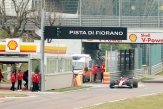
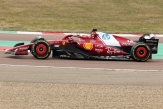
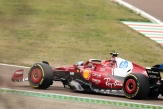
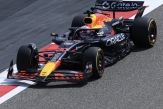
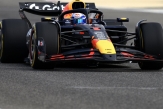
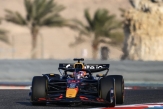






.jpg)
.jpg)
.jpg)

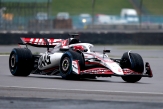

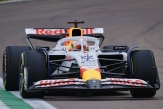
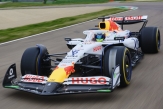



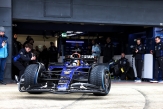
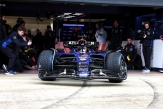
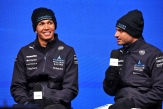

02/12/2025 от Огнян Тенчев (drJeckyll), няма коментари